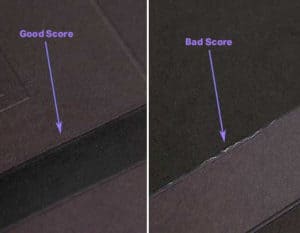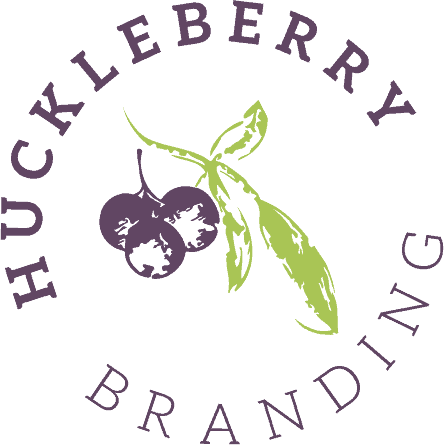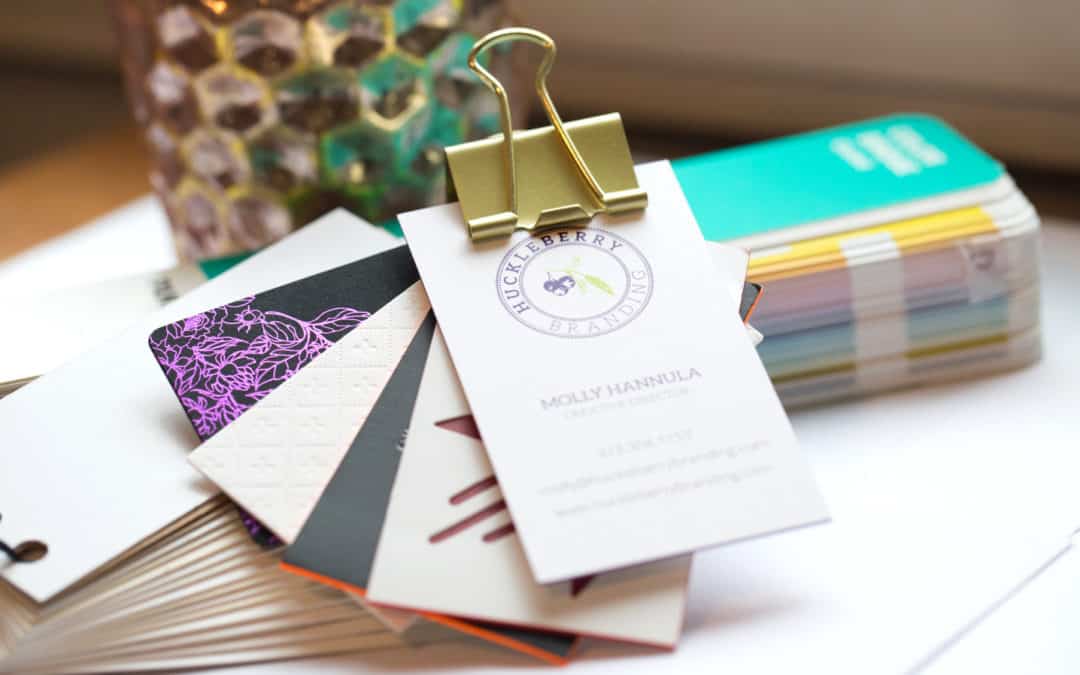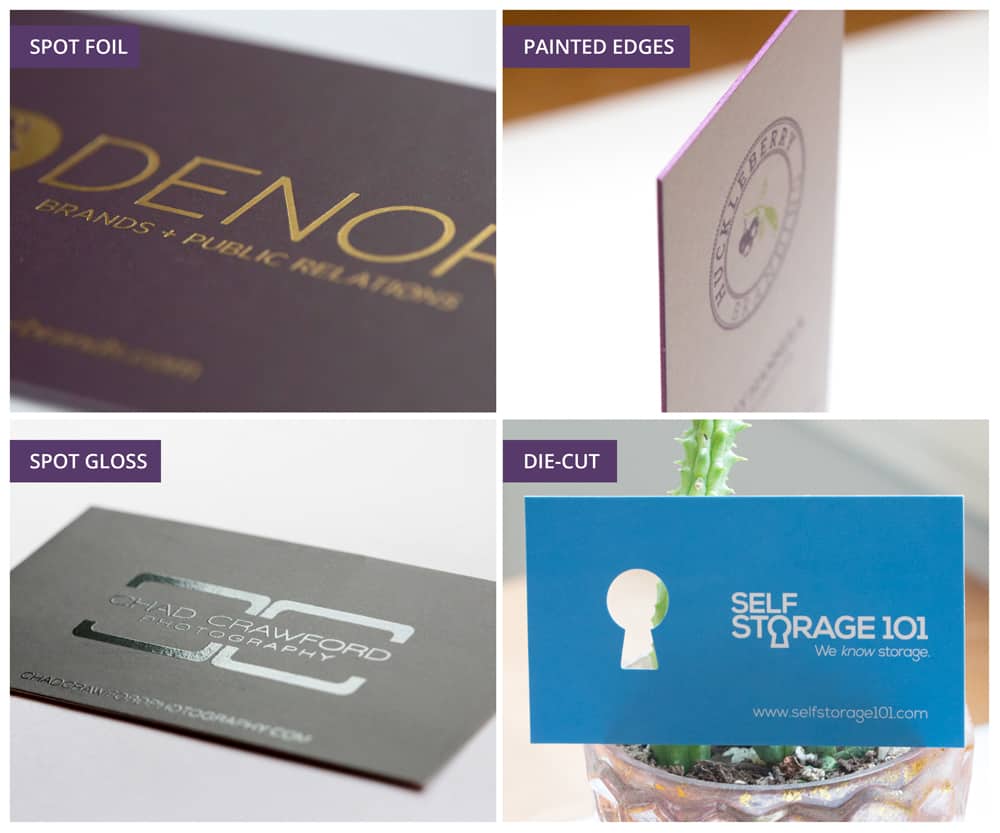The paper stock used in your marketing materials should leave a lasting impression. With so many options, how do you even begin to choose?
The first things to consider are exactly WHAT you’re going to be using the marketing piece for, HOW you want it to look and WHO is going to be handling it. For instance, if you’re mailing a postcard or another sort of direct mail campaign, you will want to pay attention to the weight of the paper. Otherwise, the cost in postage can increase significantly – especially if you have a large client list.
How to Choose the Right Stock
Extra thick paper stock is all the rage right now and is a great choice for things like business cards, rack cards, brochures or single sheet marketing. But what about other materials?
Magazines & Booklets
If you’re printing a magazine or multi-page marketing piece, thicker paper doesn’t really work. Not only because of the cost, but because trying to close a book comprised of extra thick pages is next to impossible. That is why magazines are typically printed on what is referred to as ‘book’ stock. It is on the thinner side, but is necessary for practicality.
If you’re really into the high-end look and feel, don’t worry. You can always jazz it up with a silky coating, laminate or even a spot treatment to make your marketing piece stand out.
Folded Brochures & Tri-folds
For similar reasons to magazines and books, you have to be mindful of the thickness of the paper if it’s going to be folded. As a general rule of thumn, typically anything 16pt and under can easily be scored and folded.

Thicker papers can be scored in a way that they fold properly, but always consult with your printer beforehand to be sure. The last thing you want is for your printed piece to start fraying at the fold line because it wasn’t scored properly. Below is an example of a bad score on an extra thick stock.
Business Cards
The options for business cards are virtually endless. Common stocks typically range between 11-18pt and you can get these almost anywhere. Higher-end stocks range between 20-45pt. These are usually only found at custom print shops or specialty online printers.
The upside with thicker cards is that they feel more luxe and substantial. The downside with thicker cards is that they take up more space in your purse, pocket or business card case. So, if you hand out a lot of cards every day, extra thick cards may not be the best idea, unless you have a briefcase or purse handy.
If you do decide to use a thinner stock, we wouldn’t recommend going with anything thinner than 14pt. Any lower than that tends to bend too easily and can come across as cheap. Keep in mind that you can add some strength to your cards with a coating. Additionally, you could add some cool features like spot gloss/UV, foil or even a die-cut.
Coatings & Laminates
The coating you choose can make all the difference and add strength and durability to your piece.
Everyone knows about gloss. You see it everywhere: on business cards, posters, flyers, brochures, etc. It’s that shiny layer that makes images and graphics pop.
But what about matte, silk, satin and soft touch? Personally, I think these coatings are highly underused, and I’m not sure why. These coatings give you that smooth silky feel without the glare that you see on gloss/UV coated items.
These days, a matte finish costs about the same price as gloss. When given the option, I ALWAYS choose matte over gloss.
Uncoated
Don’t get me wrong, while I love adding a coating to some papers, there are other stocks that just look fabulous as-is or ‘uncoated’. That’s why we Huckleberries use uncoated stock for our cards. For instance, let’s say you want your cards printed on a textured stock, like linen. Adding a coating will take away from the texture.
To Wrap It Up…
With so many paper stock and printing options to choose from, we know that making a decision can be a bit overwhelming. Whether you have a specific budget you’d like to stay within, want to be environmentally conscious, or just want some out-of-the-box ideas to make your printed pieces look and feel awesome, don’t hesitate to reach out!



